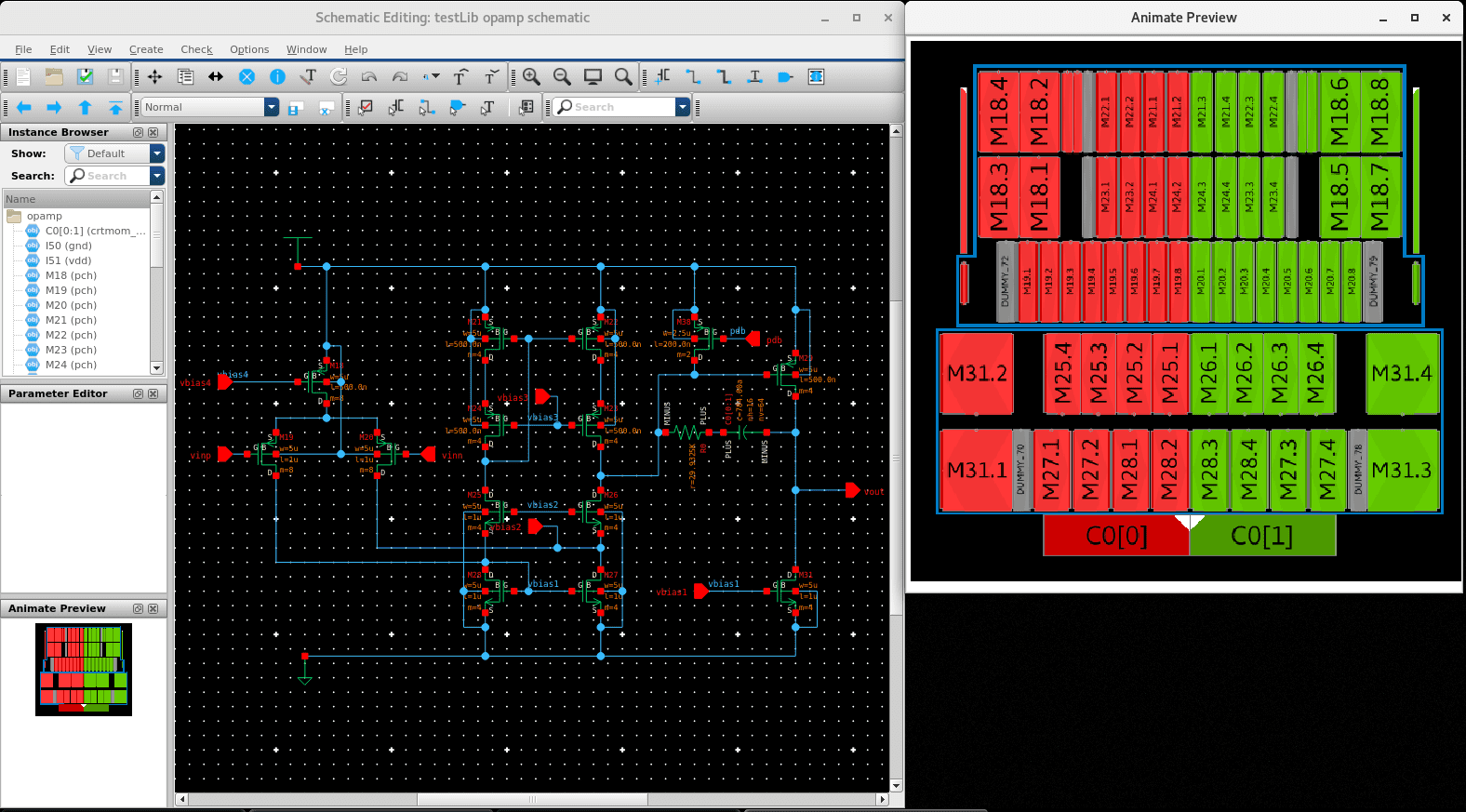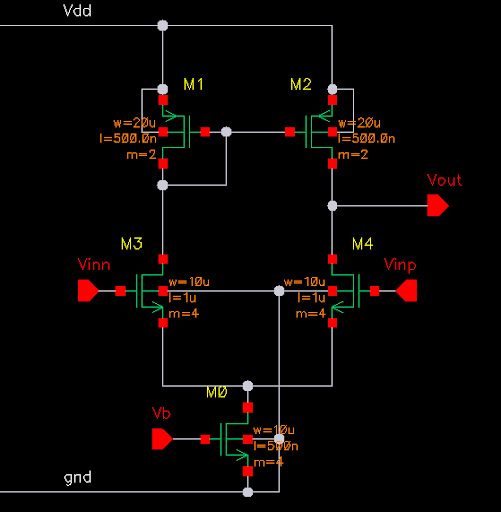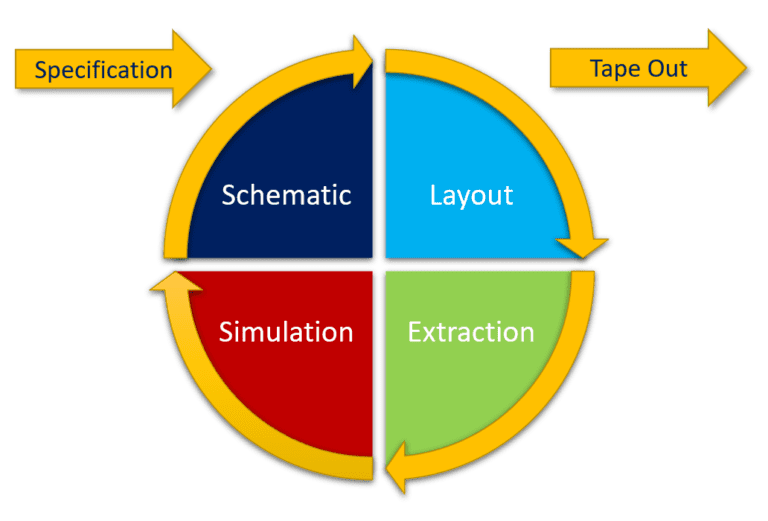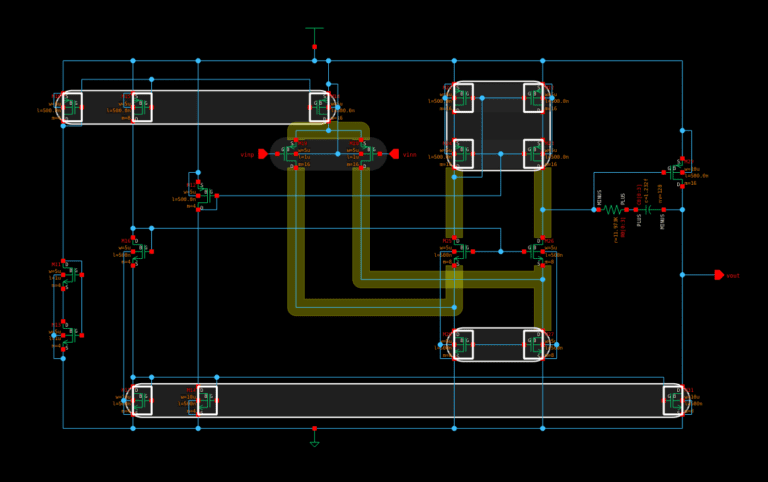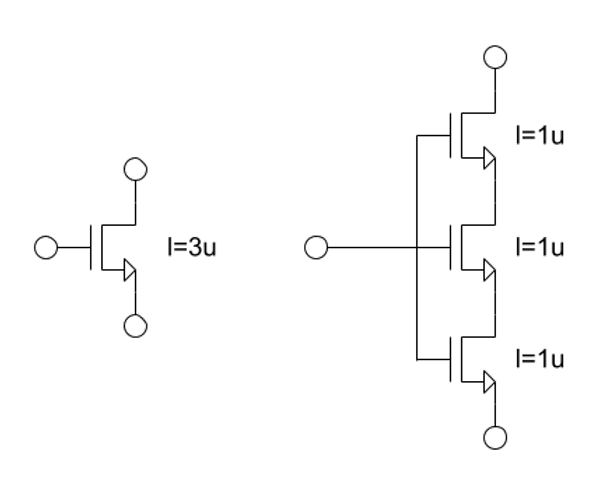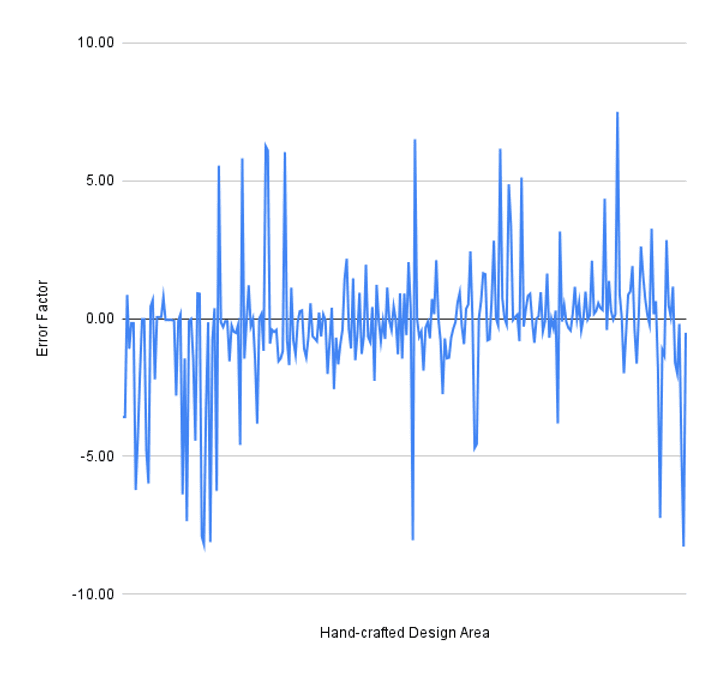A new approach to analog layout
Along with the explosion in digital designs, analog circuitry remains an essential component for any real-world system. Sensors and converters (requiring analog measurements) are key drivers within the growing loT market, requiring ever more analog blocks. However, the downfall of this increased analog design is its reliance on circuit simulation, manual layout, and verification.
The problem within existing manual flows is the interface between circuit engineers and layout designers, who takes constraints from the circuit engineer to perform the layout task. This process of laying out the design and handing back the information to the circuit engineer to check the performance can take hours or even days creating a continuous back and forth of information between circuit engineer and layout designer. This continues until the performance of the circuit is met, and can dramatically prolong the design process.
Although there have been a few improvements in the analog design flow over the years, automatic placement and routing of analog designs have been largely unsuccessful. Techniques such as placement based on the schematic, often require painstaking manual movement of devices and cannot give accurate area estimation because they lack routing knowledge. Constraint-driven placement, however, is certainly an improvement, but the constraints need to be automatically generated to avoid the circuit designer spending too much time setting them up and scripting the placement. Additionally, constraint-driven placement should ideally generate multiple different topologies so that circuit designers can find the best topology for their application and must include simultaneous consideration of the routing, otherwise, the design may not be able to be routed, without substantial modifications.
After several years of research and development, our team here at Pulsic has recently announced a new approach to analog layout automation. Animate Preview is a new tool that integrates into the schematic environment. The tool automatically creates a layout view for the circuit when the engineer is still editing their schematic, giving them fast feedback on design decisions. The user can access detailed layout visualizations of their circuit and accurate area estimations. We call these layouts ‘previews’ as they are not final layout, but are very high quality automatically generated layout views of the circuit. The previously discussed problem of generating constraints for the circuit is removed. Animate understands analog circuit topologies and automatically generates appropriate constraints for the circuit, although the engineer can edit the constraints if they want to achieve a particular result.


One of the main issues with previous analog automation attempts has been the complexity of the DRC rules that must be obeyed by analog layout designers. A major component of our new technology is true DRC awareness baked in the core of the algorithm. While Animate Preview is not yet producing the final layout, the results that it produces are DRC correct, giving the engineer confidence in the previews. Similarly, the placement is produced with routing in mind, in fact, many structures will be routed in the layout preview.
The idea behind Animate Preview is to eliminate many of the loops between circuit engineers and layout designers, helping them to be more productive.
Our job is not yet done, our amazing team of software engineers continues to improve the core algorithms in Animate Preview and we have many new and improved capabilities of the technology being worked on.
We are working closely with analog layout experts around the world. Why not get involved, you can download and try Animate Preview for yourself at https://animate.pulsic.com/download we would love to hear what you think.

